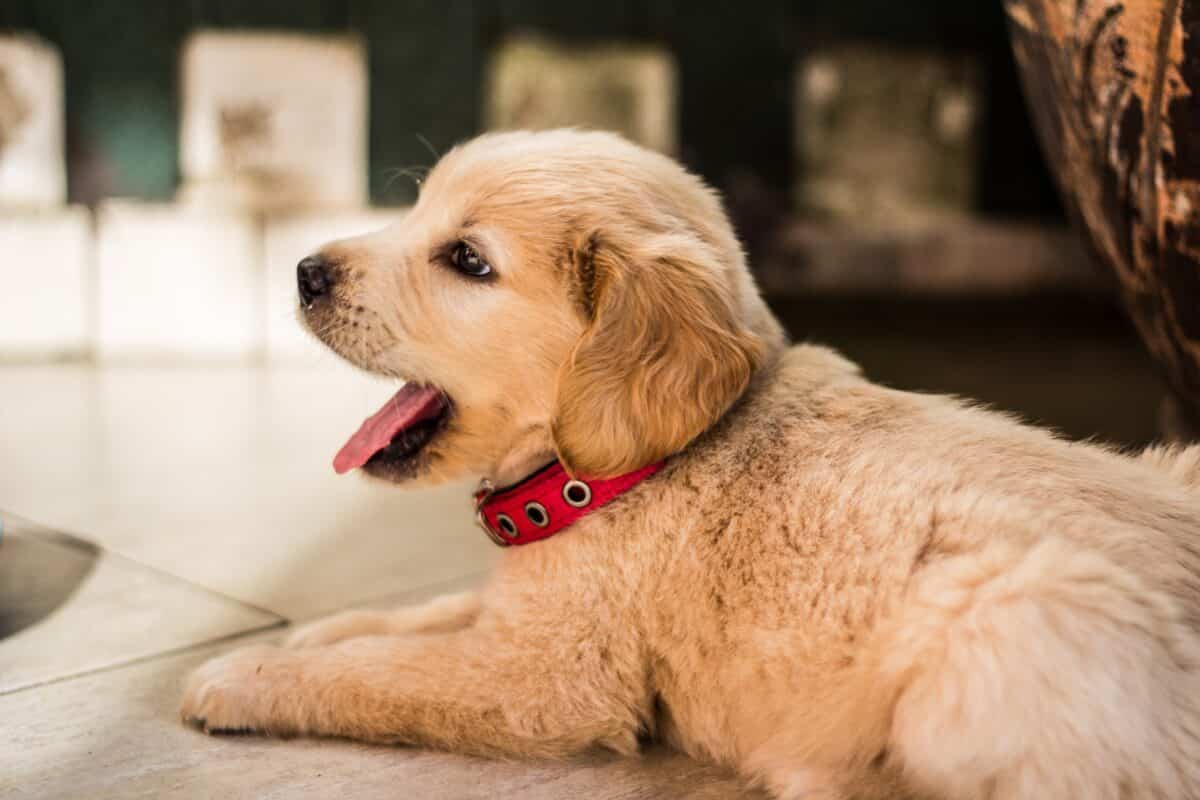No products in the cart.
Dog Health, News
How to Take Care of a Dog for Beginners: A Comprehensive Guide
Dog training is both an art and a science, and there’s a lot you can do to ensure your training efforts are effective. A well-behaved dog is always better than a wolf at being stealthier and sneakier than you. But, to ensure that your next pooch isn’t just another wolf pup but also another seasoned professional around the corner, it’s important to understand how to train your dog and take care of dog the right way from the get-go.
Not all dogs know how to be happy because they’re unwanted or have been mistreated. If you’re looking for ways to take care of a dog as a beginner, this article is for you. We all know that occasionally, a stray dog finds its way into our homes unchecked by people who obviously don’t want them around their kids or other animals.
These stray dogs often come with bad histories as criminals or homeless. This means they could have learning disabilities or severe personality problems that would keep them from being good dogs.
Dog Training for Beginners: The Importance of Starting Early
The most important thing you can do for your puppy or dog is to get them on a reliable training program as soon as possible. In many cases, you can speed up the learning process by providing a variety of fun, discrete activities to help your pup transition from puppy to adult.
Here are a few ideas:
1-Signal training is one of the most important skills you can teach your dog. It’s the foundation for everything else.
2- Leash training is important for any dog, whether it’s a pet or dog-hunting companion. Getting your dog used to coming when you say “Come!” and “Have you done that before?” is crucial to building a good relationship with other household members.
Dog Rearing for Beginners: Don’t Forget the Rewards
When you get your new addition onto the right path, you can start to reward them for following directions and doing what they’re supposed to do. This can range from giving your pup a verbal praise sound to choosing a treatment specific to your dog’s breed.
Depending on your breed, a few of the more common reward options are:
1- Dog Chow or Royal Canin – These are quality dog foods with specific ingredients and nutritional profiles that can calm even the most demanding canine and make them more likely to take a social responsibility test.
2- Dog biscuits or Yum Yum dog treats – These don’t contain any grains, corn, or soybeans and are made with real, nutritious ingredients.
3- Chews mandates – These are made from natural ingredients like meat and bones and are often dry-food-only options.
Dog squatting for Beginners: Make it fun!
If your new dog doesn’t like to sit, allow them some ground space. Do you know how hard it is to teach a dog to stay when you’re on a walk or running in the neighborhood? Try some games to help them get used to your presence, and then offer some play time once you’re in the house. Here are a few ideas: Stay when I call. This is a basic one. When you call your dog’s name, it should stop what they’re doing and look at you.
1-Stay while I give you a treat (You can praise them while you eat it.)
2-Stay while I say “hi” to other members of the household.
3-Stay while I give your dog a “tourist” of the house. Stay while I give your dog a “doggy-doo” (LOL.)
Dog house training For Beginners: Make it a game!
If your dog doesn’t seem interested in doing what you’ve taught them, try this game: Give your dog a toy (don’t overthink it.) Put it in one hand and tell them to “trick” you. Take the other hand and do whatever you did before you gave the toy to your dog. Make sure to keep your eyes on your dog the whole time, so they don’t try to escape. Once they’re comfortable with this, move on to something harder.
Summary
Train your dog the right way from the get-go by Getting your dog on a consistent training program as soon as possible. Provide a variety of fun, discrete activities to help your pup transition from puppy to adult.
Keep your dog’s diet balanced and healthy. Spend time with your dog when you’re out and about, not just when you’re at home. Your dog’s happiness and health depend on it!


